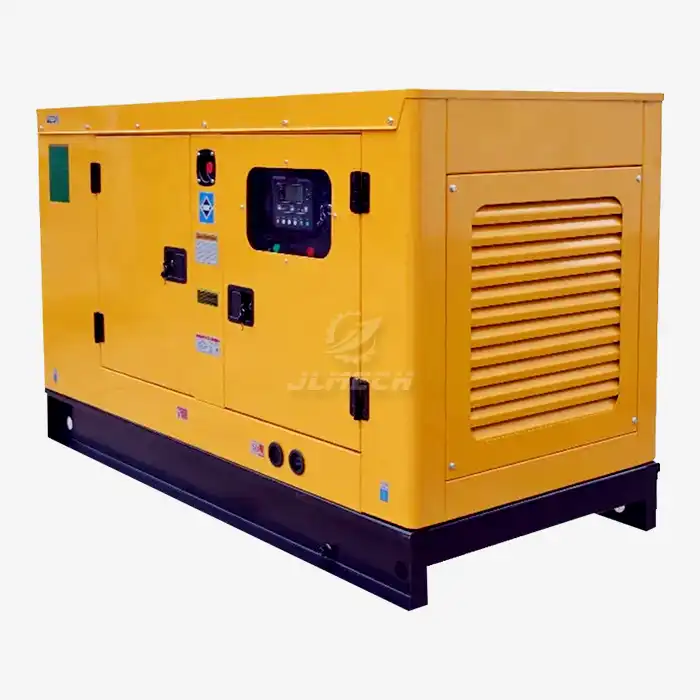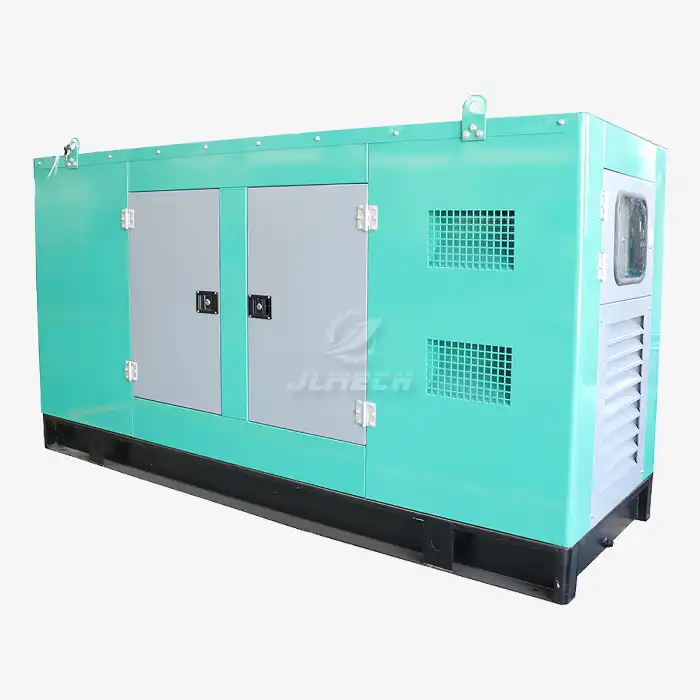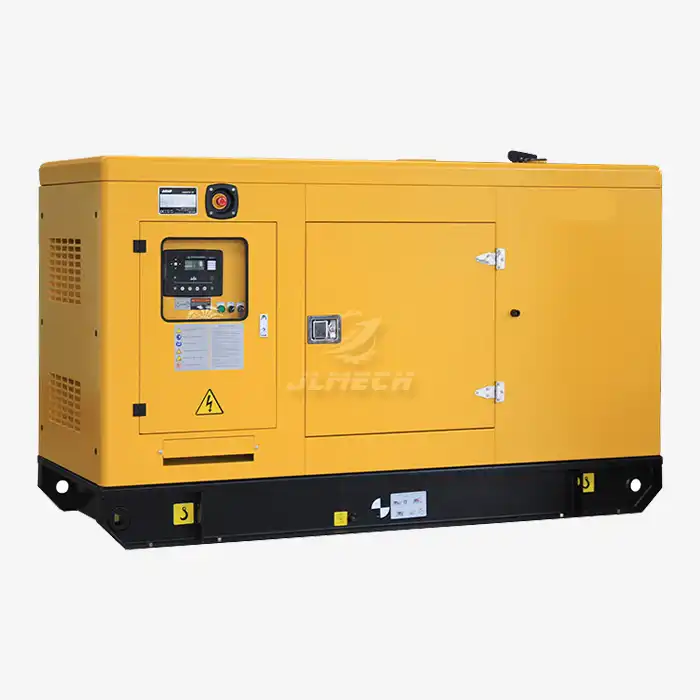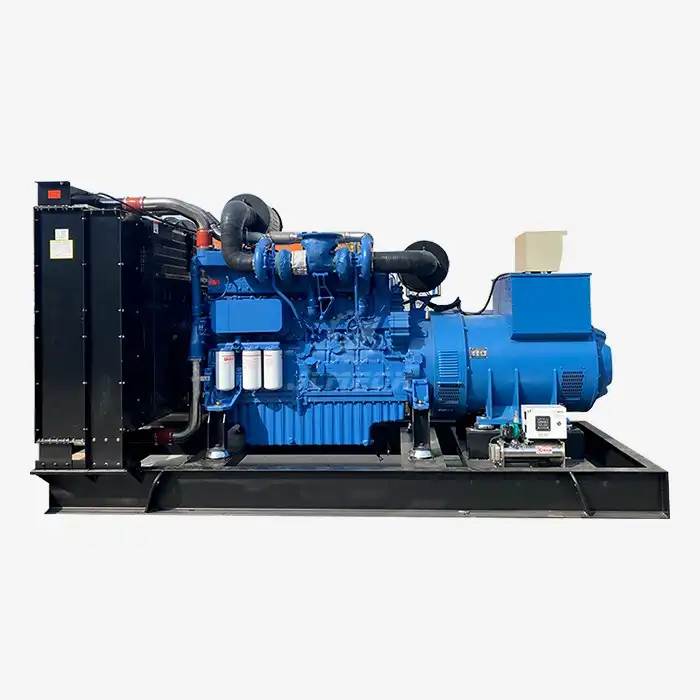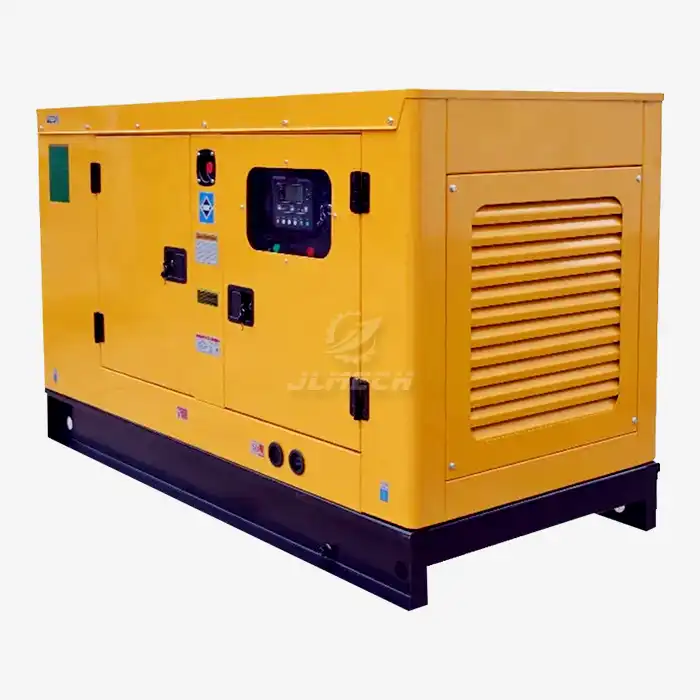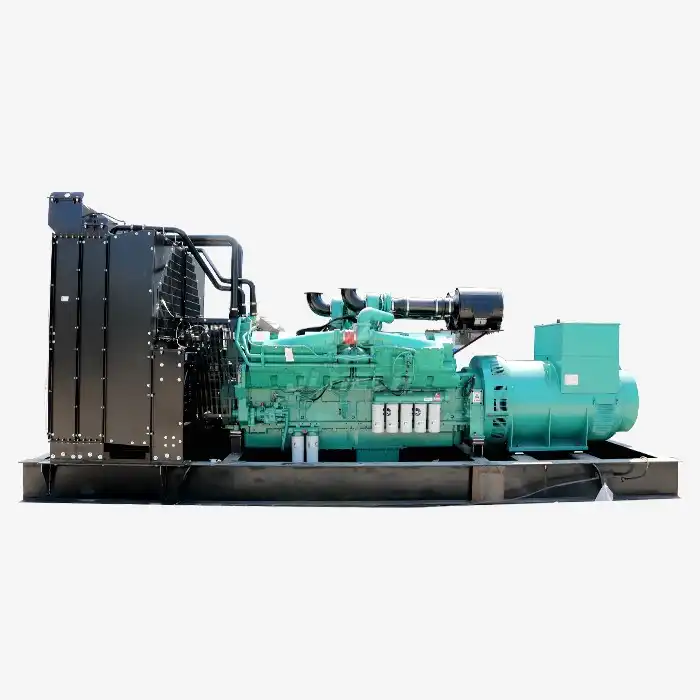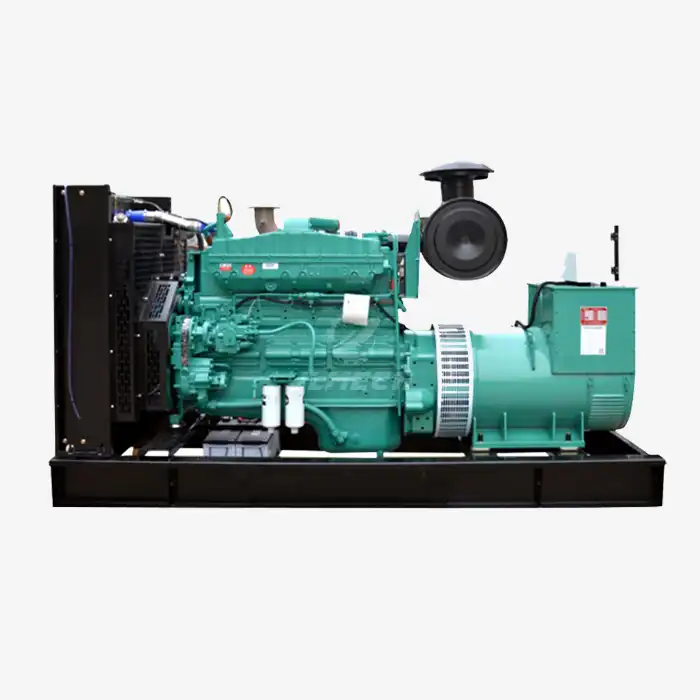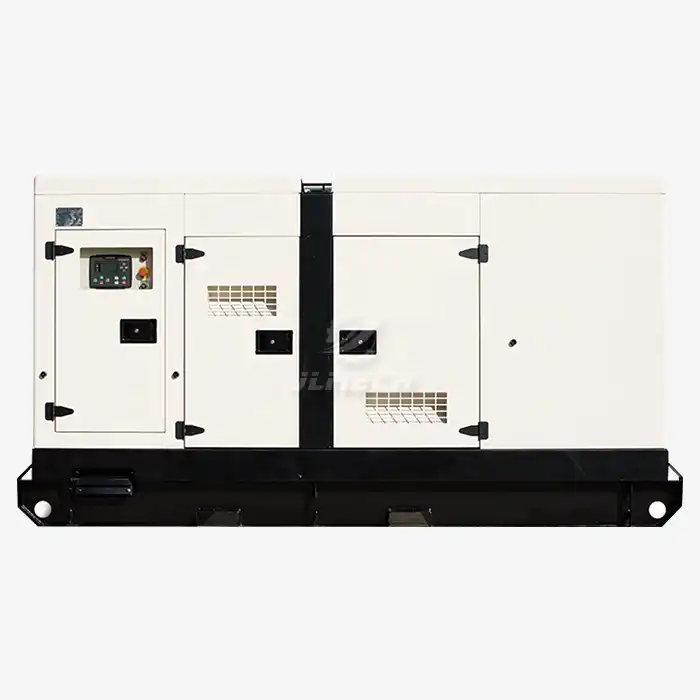When a generator required an emergency stop?
In the world of power generation, safety isn't just a feature—it's an absolute necessity. When operating a diesel generator, understanding the precise conditions that necessitate an emergency shutdown can mean the difference between preventing catastrophic equipment failure and ensuring operational safety. The emergency stop button serves as the critical last line of defense, and recognizing when to use it protects both your personnel and your power investment. Equally important is understanding the specific generator emergency stop button requirements that ensure this vital safety feature will function reliably when needed most. This comprehensive guide examines the critical scenarios demanding emergency stop activation and outlines the essential design standards that govern these life-saving devices.
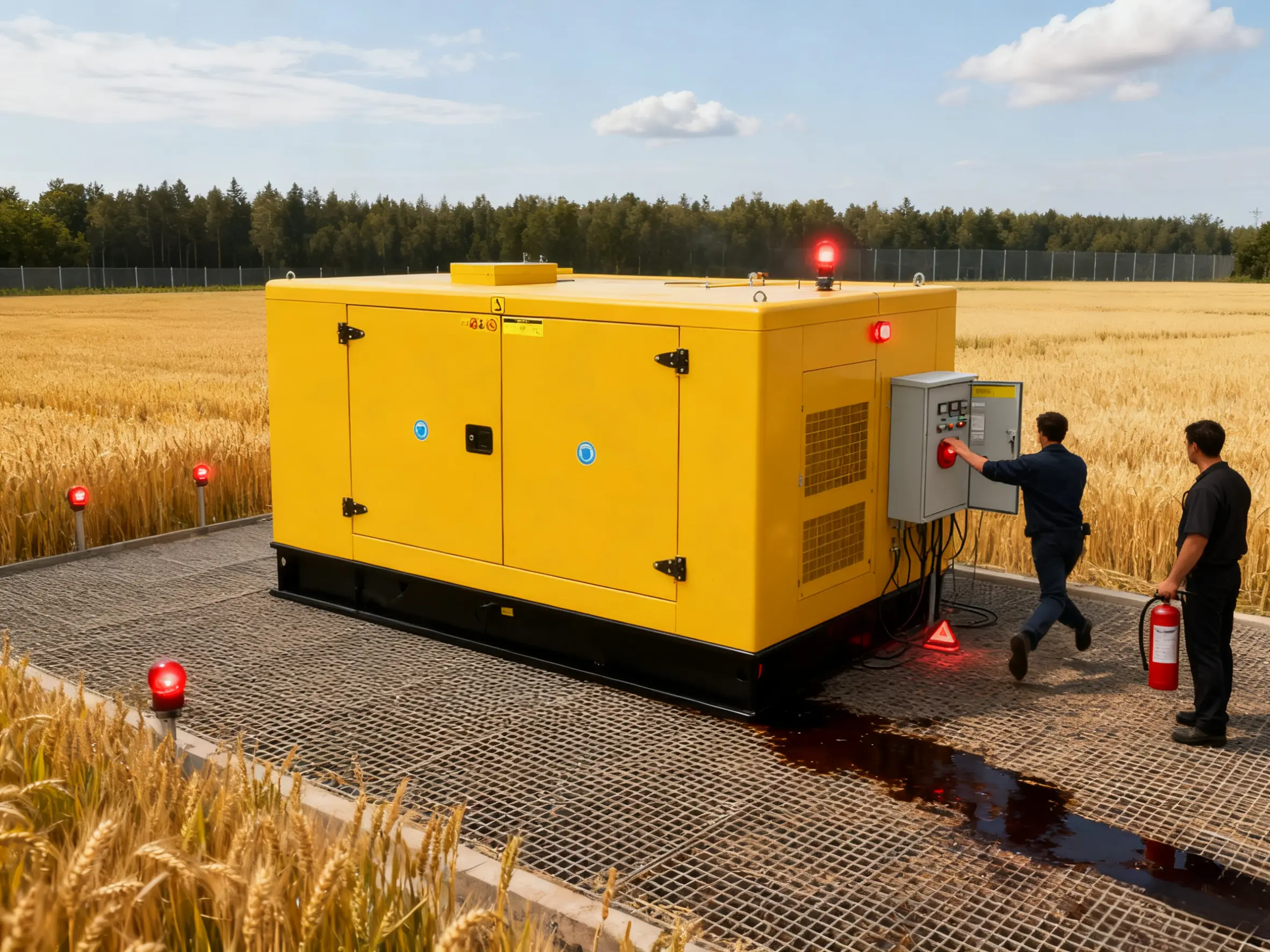
Immediate Safety Threats
Certain conditions present such immediate danger that they require instant generator shutdown through the emergency stop system:
Uncontrolled Overspeed (Engine "Runaway"): When the engine exceeds safe operating RPM and cannot be controlled through normal means, immediate emergency shutdown is necessary to prevent catastrophic mechanical failure .
Electrical Fire or Arc Flash: Any signs of fire within the generator compartment, control panel, or associated electrical components necessitate immediate emergency shutdown to prevent equipment damage and personnel injury .
Severe Fluid Leaks: Significant fuel or oil leaks that create fire hazards or environmental contamination risks require immediate shutdown .
Physical Injury Risk: Any situation where generator operation poses an immediate threat to personnel safety, such as exposed rotating parts or electrical contacts, demands emergency stop activation .
Mechanical Failure Indicators
Specific mechanical abnormalities signal developing problems that can escalate into major failures if not addressed immediately:
Catastrophic Lubrication Failure: Sudden loss of oil pressure or observed oil system failure mandates immediate shutdown to prevent engine seizure and permanent damage .
Cooling System Breakdown: Complete loss of coolant or cooling system function that causes rapid temperature rise requires emergency intervention to prevent overheating damage .
Excessive Vibration: Unusual violent shaking or mechanical knocking sounds often indicate serious internal component failure that warrants immediate shutdown for inspection .
Structural Compromise: Any visible damage to the generator's structural integrity or mounting system that could lead to component detachment or hazardous operation .
Electrical System Emergencies
Electrical abnormalities present unique hazards that often require emergency intervention:
Insulation Failure: Visible smoke, burning odor, or visible arcing from the generator or associated electrical components indicates serious insulation breakdown requiring immediate shutdown .
Uncontrolled Voltage Output: Dangerous voltage fluctuations or surges that could damage connected equipment and create safety hazards .
Ground Fault Conditions: Electrical faults to ground that create shock hazards or indicate serious winding insulation breakdown .
Protective System Failure: When automatic safety systems fail to respond to detectable dangerous conditions, manual emergency shutdown becomes necessary .
Environmental and External Factors
Certain external conditions and environmental factors may necessitate emergency generator shutdown:
Flooding Risk: When rising water levels threaten to submerge electrical components or create electrocution hazards .
Gas Accumulation: Suspected or detected flammable gas accumulation in the generator area that could lead to explosion or fire .
Natural Disasters: Earthquakes, severe storms, or other natural events that could compromise generator stability or safety systems .
Ventilation Failure: Loss of adequate ventilation in enclosed spaces leading to dangerous fume accumulation or overheating .
Understanding these critical scenarios highlights why proper generator emergency stop button requirements must be rigorously followed to ensure reliable operation during these emergency conditions.
Emergency Stop Button Design Requirements
The emergency stop mechanism must conform to specific international standards to ensure immediate recognition and reliable operation:
Visual Identification: The actuator must be red against a yellow background for high visibility, with a "mushroom head" or palm-shaped design that allows for quick, positive activation .
Manual Operation: The control should be easily accessible and operable without special tools, typically featuring a twist-to-release or pull-to-release reset mechanism after activation .
Positive Opening Mechanism: Emergency stop devices must incorporate "direct opening action" or "positive opening mechanism" contacts that physically break the circuit when activated, providing hardware-based safety independent of control systems .
Self-Latching Function: The button must remain in the activated position until manually reset, preventing automatic restart before the emergency situation has been addressed .
These design characteristics form the foundation of generator emergency stop button requirements that ensure the device can be quickly identified and operated correctly under stressful emergency conditions.
Installation and Location Standards
Proper placement and installation are crucial for ensuring emergency stop buttons are accessible when needed:
Accessibility Requirements: Buttons should be installed between 1.2 and 1.5 meters above the standing surface, positioned away from obstructions and clearly visible from normal operating positions .
Control Range: Emergency stop devices must be installed to cover defined control zones, with consideration for overlapping areas in multi-unit installations .
Multiple Access Points: For larger generator installations or those with restricted access points, multiple emergency stop buttons may be required at strategic locations including entrances, control panels, and potential hazard areas .
Environmental Protection: The enclosure must provide appropriate ingress protection (typically IP65 or higher for industrial environments) to prevent contamination from dust, moisture, or chemicals that could compromise operation .
Operational and Reset Procedures
The emergency stop system must function according to specific safety principles that prioritize reliability:
Stop Categories: Generators typically use either Category 0 (immediate uncontrolled stop via power removal) or Category 1 (controlled stop with power maintained during stopping sequence) stopping functions, with Category 0 being preferred for most hazardous situations .
Independent Safety Function: The emergency stop circuit should be hard-wired and independent from the programmable control system where possible, ensuring functionality even during controller failures .
Manual Reset Requirement: Following emergency stop activation, the system must require manual reset at the button location before the generator can be restarted, ensuring proper investigation of the emergency condition .
System Verification: After any emergency stop activation, comprehensive system checks should be performed before returning the generator to service, including inspection of the cause of shutdown and verification of all safety systems .
Compliance with International Standards
Emergency stop systems must comply with relevant international standards that define minimum safety requirements:
ISO 13850: This international standard specifies the safety principles and requirements for emergency stop functions on machinery, including generators .
EN/IEC 60947-5-5: Provides specific requirements for emergency stop devices and their electrical characteristics .
EN ISO 8528-13:2016: Specifically addresses safety requirements for reciprocating internal combustion engine driven generating sets, including emergency stop provisions .
Regional Regulations: Depending on the market, additional regulations may apply, such as the EU Machinery Directive for equipment sold in European markets .
Compliance with these standards ensures that generator emergency stop button requirements meet internationally recognized safety benchmarks, providing assurance of reliability and performance.
Conclusion
Knowing when and how to implement emergency stop procedures is a critical aspect of responsible generator operation. From immediate safety threats like electrical fires and overspeed conditions to mechanical failures indicated by excessive vibration or catastrophic fluid loss, recognizing these scenarios enables prompt action that prevents equipment damage and protects personnel. The specific generator emergency stop button requirements covering design, installation, and operation are not merely regulatory checkboxes—they represent carefully engineered safety solutions that ensure this critical system functions reliably when seconds count. By understanding both the triggering conditions and the technical standards governing emergency stop systems, generator operators and specifiers can create safer working environments while protecting their power generation investments.
Our engineering team specializes in helping clients implement comprehensive safety solutions that meet international standards for their power generation systems. For professional assistance with your generator emergency stop button requirements or other safety considerations, contact our experts at skala@whjlmech.com.
References
Johnson, M. (2022). Emergency Power Systems: A Comprehensive Guide to High-Speed Diesel Generators. Power Engineering Quarterly, 45(3), 78-92.
EN ISO 8528-13:2016. Reciprocating internal combustion engine driven alternating current generating sets - Part 13: Safety.
ISO 13850:2015. Safety of machinery - Emergency stop function - Principles for design.
GB/T 16754-2021. Safety of machinery - Emergency stop function - Principles for design (identical to ISO 13850:2015).
IEC 60947-5-5. Low-voltage switchgear and controlgear - Part 5-5: Control circuit devices and switching elements - Electrical emergency stop device with mechanical latching function.



